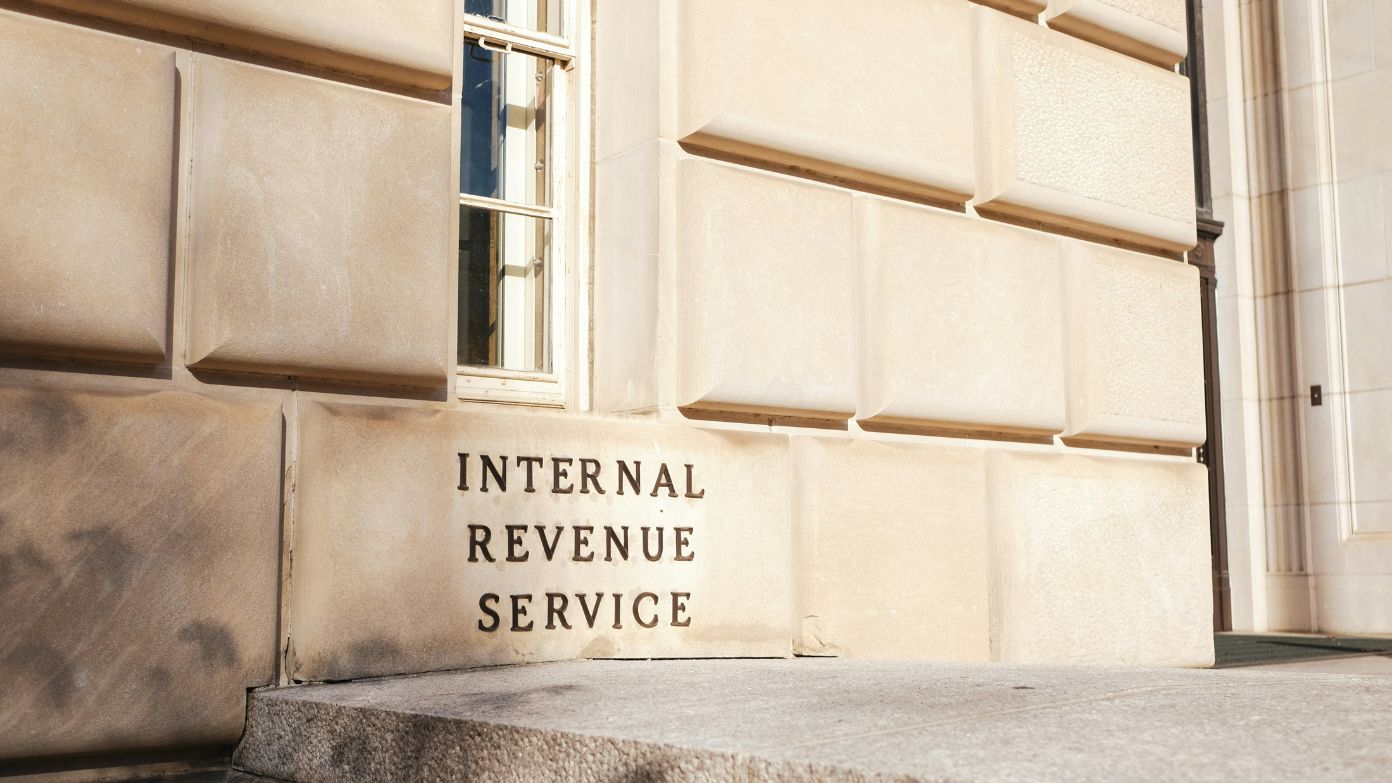Someone passes away or creates a trust; their financial affairs do not disappear. A fiduciary then takes on the responsibility of managing income and paying any taxes on behalf of the deceased. It is against this backdrop that IRS Form 1041 comes into play. Therefore, understanding form completion for executors, trustees, and tax professionals is quite important.
What is IRS Form 1041?
IRS Form 1041 is also known as the U.S. Income Tax Return for Estates and Trusts and hence is filed by the fiduciary of an estate or trust of a domestic decedent. It is used to report income, deductions, gains, and loss produced from the estate or trust during the tax year.
The form captures distributions to beneficiaries in addition to income and computes the income tax liability of the estate or trust. Any payroll taxes will also have to be included on this form as they relate to household employees of the estate.
Important parts of Form 1041
Among the several divisions of this form, the first consists of the main return and the remaining schedules which supplement it in providing detail in an issue that is financially complex: Schedule D: Reports capital gains and losses incurred as a result of selling or exchanging houses or other assets held in estates or trusts.
- Schedule I: Alternative Minimum Tax Calculation and the compute deduction items under AMT rules.
- Schedule J: For some complex trusts, this schedule is necessary to show Accumulation distributions made by such trusts, particularly the old or previously foreign trusts.
- Schedule K-1: This also provides the beneficiaries with that information on the income, deductions, and credits allocated to them for reporting in their returns (because they will have to report that on their personal tax return Senate Form 1040).
Every schedule has comprehensive instructions, and the right copy must be used concerning that tax year.
Reporting beneficiary income
If the estate or trust distributes income to beneficiaries, those amounts are generally deductible for the estate or trust. The Schedule K-1 is crucial here, as it provides each beneficiary with the necessary information to report their portion of the distributed income on their personal tax returns.
For income retained in the trust or estate (not distributed), the fiduciary must pay the appropriate income tax using Form 1041.
Related Other Forms.
- Form 1041-A: This form reports on the charitable amounts which have been accumulated in the Trust.
- Form 1041-ES: It is used to remit the estimated taxes for the estate or trust.
- Form 1041-T: It allows the fiduciaries to allocate the estimated tax payments to the beneficiaries.
- Form 1041-V: This is a payment voucher used when mailing a check or money order for taxes owed.
Final thoughts
Form-filing 1041 is one of the most important disciplines of estate and trust administration. Not filing an accurate form can lead to tax penalties and a lot of stress in legal complications. Fiduciaries should consult a tax professional or look at the IRS instructions carefully to be compliant.
Find out more information from the IRS Form 1041 resource page or look into the IRS publications such as Publication 559 (Survivors, Executors, and Administrators) for additional guidance.

